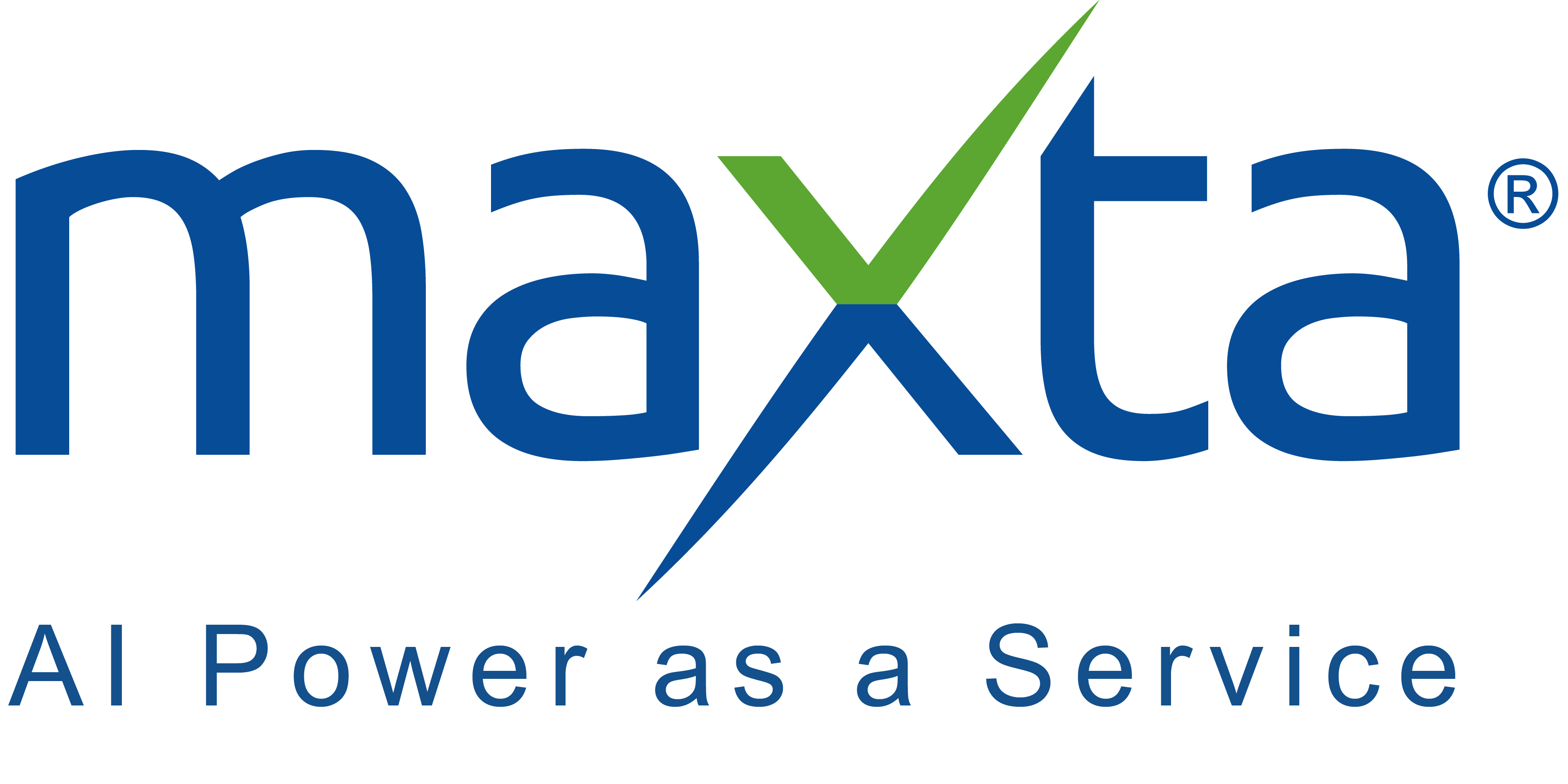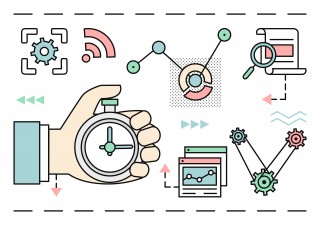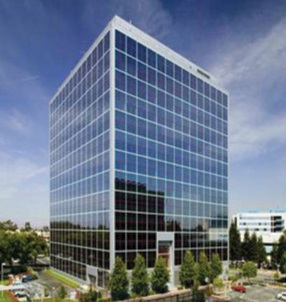Hyperconverged appliances simplify infrastructure installation, configuration and management, especially compared to traditional storage. But that simplicity comes at a cost later. Ultimately, appliance-based solutions lead to much higher long-term costs, particularly compared to software-based solutions. The drawbacks of a hyperconverged appliance include:
Vendor lock-in. Buying an appliance-based solution can lock you into the platform for the long-term – just like traditional storage array vendors.
A Refresh Tax. When it’s time to refresh systems, customers have to buy a new appliance – paying for the software in full again. IT managers also have to refresh compute and storage together, forcing them to either let compute age beyond its useful life or waste money refreshing storage before its time.
An Upgrade Tax. Appliances can’t scale in small increments, can’t be upgraded if capacity needs to grow slightly, and can’t scale storage and compute separately. That imposes a costly “upgrade tax” since enterprises have to both buy ahead and buy more compute or storage than they need.
What if you could have hyperconvergence “your way” by having the same simplicity in ordering and configuration of appliance-based hyperconvergence, but avoid vendor lock-in, refresh taxes, and upgrade taxes? That’s exactly what you get with our new Hyperconverged “(Un)Appliances”.
Hyperconverged (Un)Appliances collapse servers, storage, and networking into a single server tier that is used to run virtual machines and containers. Storage is configured automatically when VMs or containers are created, allowing administrators to focus on managing applications rather than storage. (Un)Appliances provide the operational and capital expense reductions desired by organizations, but in a way that is less expensive to procure, refresh and expand when compared to appliance-based hyperconvergence.If you want to learn more about how Hyperconverged (Un)Appliances provide all the advantages of appliance-based hyperconvergence without any of the disadvantages – no refresh tax, no upgrade tax, no VMware tax, and no proprietary virtualization, visit us at VMworld, Booth #1518 or request a demo.



 Maxta Introduces VMware Escape Pod
Maxta Introduces VMware Escape Pod


